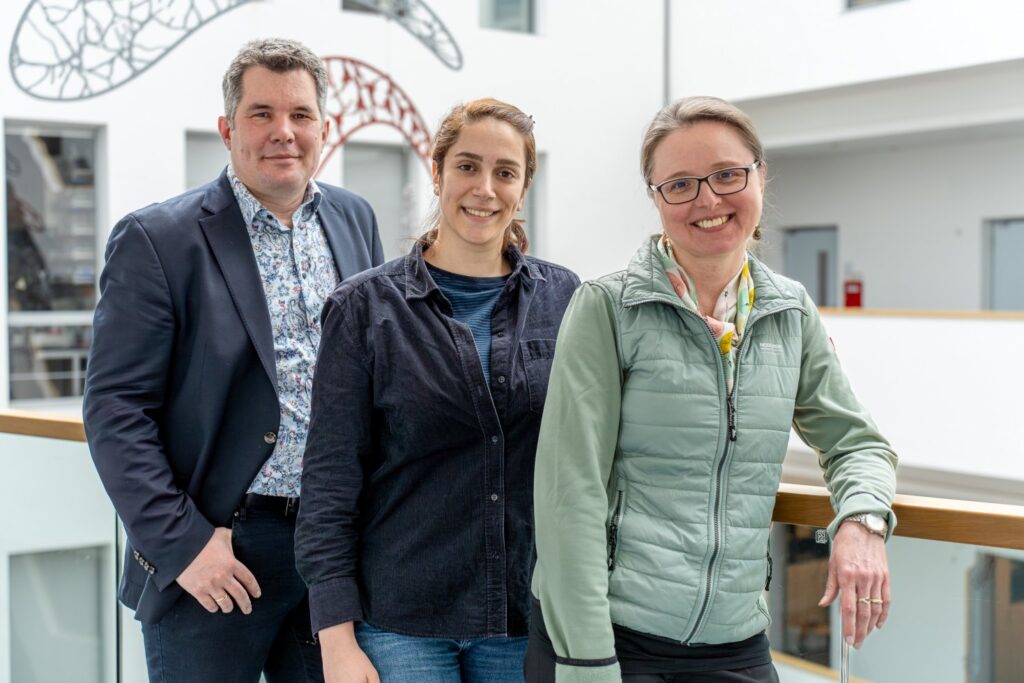During ageing, specific neural circuits in the brain undergo dynamic changes that influence global network activity as well as cognitive function. Hyperexcitability changes have been described as one of the neural correlates of ageing as well as related Alzheimer’s disease pathology (Billet et al., 2022; Zott et al., 2019, Sosulina et al., 2020). Similar to humans, hippocampal hyperexcitability has been reported in normally aging mice, however, the direct downstream effects of this hyperexcitability on connected posterior-midline long-range and local cortical circuits remain unclear. In the current project, we will investigate the cell-type specific neural correlates of these changes in network excitability during ageing.
Specifically, in project D3 the cellular and circuit mechanisms underlying hyperactivation in ageing will be assessed in the retrosplenial cortex (RSC) of both young and aged mice. Retrosplenial intralaminar connectivity between different classes of neurons in RSC and the integration of hippocampal input (from CA1 and Sub) are incompletely understood, but unravelling synaptic changes that promote aberrant patterns of neuronal excitability with age require the understanding of microcircuit-level synaptic connectivity. Furthermore, understanding how hippocampal circuits drive RSC activity patterns in vivo and how these inputs lead to altered network activation during the ageing process requires a computational understanding of network connectivity. To dissect synaptic microcircuits, we will use multielectrode array and multiple whole-cell patch-clamp recordings (multipatch) and detect populational connectivity between subiculum and RSC, as well as synaptic connectivity within RSC with sub-millisecond and subthreshold resolution. Our approach allows detailed electrophysiological and morphological characterisation of recorded neurons and includes multiplex post-patch-clamp in-situ hybridisation for cell type classification. In line with our electrophysical measurements in young and aged RSC, we will also use single-cell transcriptomic analysis to identify changes in the specific cellular profile in young and aged tissues. Finally, obtained multimodal data will be incorporated into a database and connectivity statistics as well as intrinsic excitability parameters will be fed into a computational model, with the goal to understand the contribution of specific inhibitory and excitatory synapses to functional changes leading to hyperactivation during ageing.

Project D3: K. Farghadayn, L. Sosulina, S. Remy.
Find out more about the working group by clicking here.
Collaborations:
SynAGE project D1: PI Anne Maass
SynAGE project D2: PI Janelle Pakan
SynAGE project C2: PI Michael Kreutz
References:
Billette O., Ziegler G., … , Maass A. (2022) DELCODE Study Group. Novelty-Related fMRI Responses of Precuneus and Medial Temporal Regions in Individuals at Risk for Alzheimer Disease. Neurology. Aug 23;99(8):e775-e788. DOI: 10.1212/WNL.0000000000200667.
Sosulina L., Mittag M., …, Remy S. (2021) Hippocampal hyperactivity in a rat model of Alzheimer’s disease. J Neurochem. 2021 Jun;157(6):2128-2144. DOI: 10.1111/jnc.15323.
Zott B., Simon M.M., …, Konnerth A. (2019) A vicious cycle of β amyloid-dependent neuronal hyperactivation. Science. Aug 9;365(6453):559-565. DOI: 10.1126/science.aay0198.
